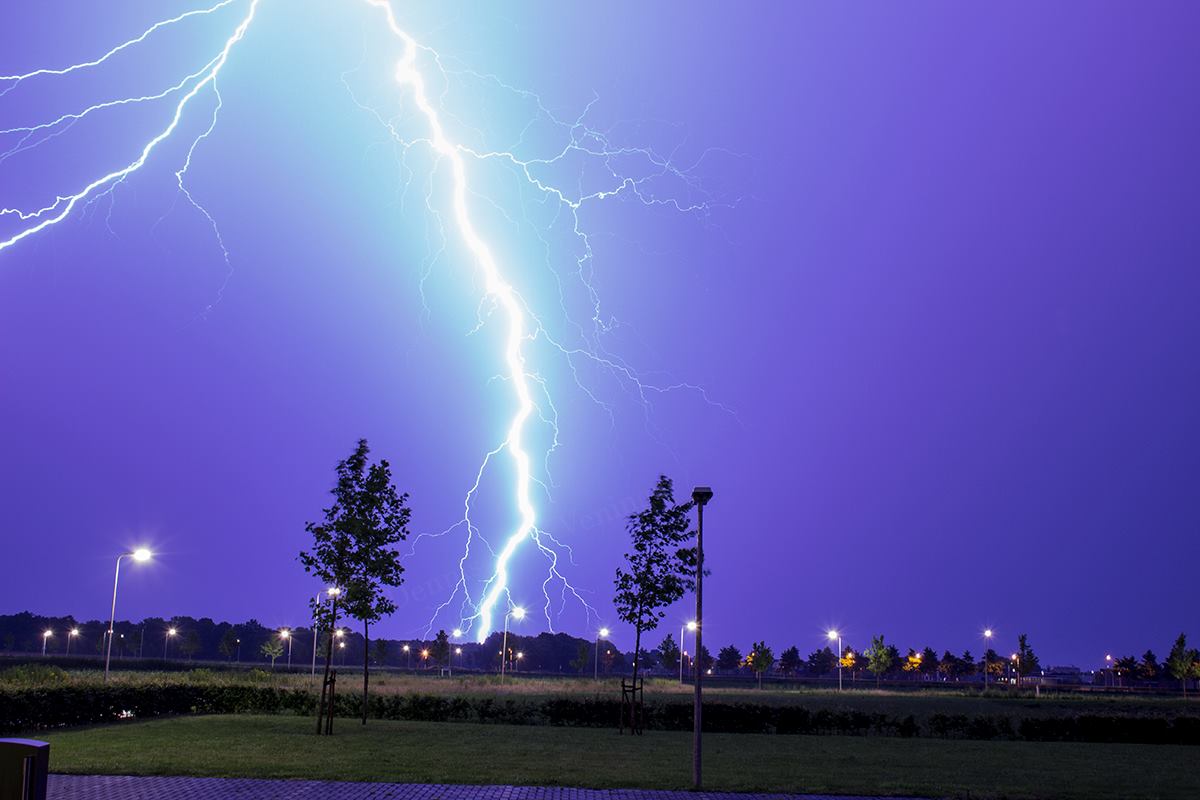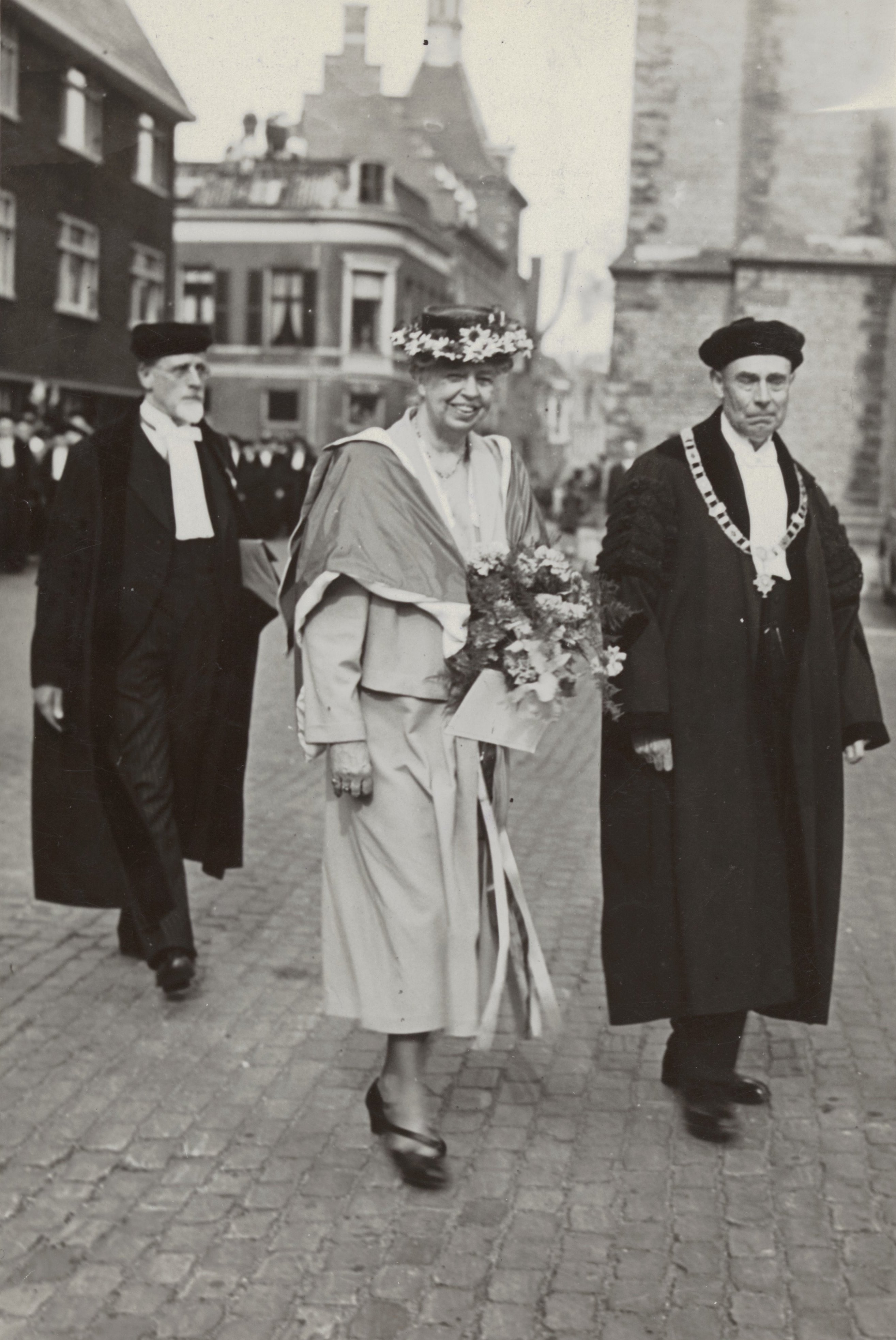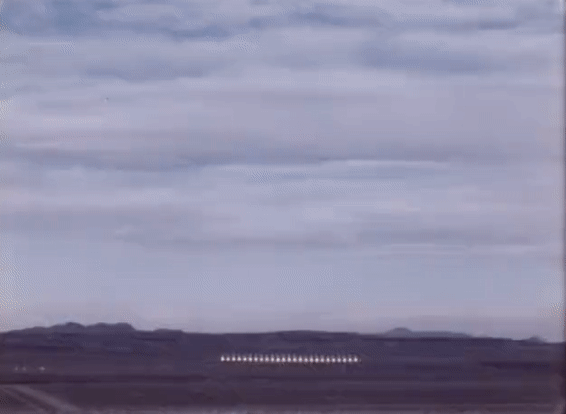|
Biconic Cusp
The biconic cusp, also known as the picket fence reactor, was one of the earliest suggestions for plasma confinement in a fusion reactor. It consists of two parallel electromagnets with the current running in opposite directions, creating oppositely directed magnetic fields. The two fields interact to form a "null area" between them where the fusion fuel can be trapped. The concept arose as a reaction to an issue raised by Edward Teller in 1953. Teller noted that any design that had the plasma held on the inside of concave magnetic fields would be naturally unstable. The cusp concept had fields that were convex, and the plasma was held within an area of little or no field in the inside of the device. The concept was independently presented in 1954 by both Harold Grad at the Courant Institute in New York and James L. Tuck at Los Alamos. At first there was little interest in the design because Teller's problem was not being seen in other early fusion machines. By the late 195 ... [...More Info...] [...Related Items...] OR: [Wikipedia] [Google] [Baidu] |
Plasma Confinement
In Plasma (physics), plasma physics, plasma confinement refers to the act of maintaining a Plasma (physics), plasma in a discrete volume. Confining plasma is required in order to achieve fusion power. There are two major approaches to confinement: Magnetic confinement fusion, magnetic confinement and Inertial confinement fusion, inertial confinement. References Plasma technology and applications Fusion power {{plasma-stub ... [...More Info...] [...Related Items...] OR: [Wikipedia] [Google] [Baidu] |
Magnetic Mirror
A magnetic mirror, also known as a magnetic trap or sometimes as a pyrotron, is a type of magnetic confinement fusion device used in fusion power to trap high temperature Plasma (physics), plasma using magnetic fields. The mirror was one of the earliest major approaches to fusion power, along with the stellarator and z-pinch machines. In a classic magnetic mirror, a configuration of electromagnets is used to create an area with an increasing density of magnetic field lines at either end of a confinement volume. Particles approaching the ends experience an increasing force that eventually causes them to reverse direction and return to the confinement area. This mirror effect will occur only for particles within a limited range of velocities and angles of approach, while those outside the limits will escape, making mirrors inherently "leaky". An analysis of early fusion devices by Edward Teller pointed out that the basic mirror concept is inherently unstable. In 1960, Soviet resear ... [...More Info...] [...Related Items...] OR: [Wikipedia] [Google] [Baidu] |
Null (physics)
In physics a null is a point in a Field (physics), field where the field quantity is zero as the result of two or more opposing quantities completely cancelling each other. The field may be Scalar field, scalar, Vector field, vector or Tensor field, tensor in nature. Common situations where nulls arise are in the polar patterns of microphones and antenna (radio), antennae, and nulls caused by Reflection (physics), reflections of Wave, waves. Microphones A common polar pattern for microphones is the cardioid. This has a single direction in which the microphone does not respond to impinging sound waves. Highly directional (shotgun) microphones have more complex polar patterns. These microphones have a large, narrow lobe in the main direction of sound reception but also a smaller lobe in the opposite direction and usually also several other smaller lobes. This pattern is achieved by wave cancellation inside the body of the microphone. Between each of these lobes is a null di ... [...More Info...] [...Related Items...] OR: [Wikipedia] [Google] [Baidu] |
Plasma (physics)
Plasma () is a state of matter characterized by the presence of a significant portion of charged particles in any combination of ions or electrons. It is the most abundant form of ordinary matter in the universe, mostly in stars (including the Sun), but also dominating the rarefied intracluster medium and Outer space#Intergalactic space, intergalactic medium. Plasma can be artificially generated, for example, by heating a neutral gas or subjecting it to a strong electromagnetic field. The presence of charged particles makes plasma electrically conductive, with the dynamics of individual particles and macroscopic plasma motion governed by collective electromagnetic fields and very sensitive to externally applied fields. The response of plasma to electromagnetic fields is used in many modern devices and technologies, such as plasma display, plasma televisions or plasma etching. Depending on temperature and density, a certain number of neutral particles may also be present, in wh ... [...More Info...] [...Related Items...] OR: [Wikipedia] [Google] [Baidu] |
Electromagnets
An electromagnet is a type of magnet in which the magnetic field is produced by an electric current. Electromagnets usually consist of wire (likely copper) wound into a coil. A current through the wire creates a magnetic field which is concentrated along the center of the coil. The magnetic field disappears when the current is turned off. The wire turns are often wound around a magnetic core made from a ferromagnetic or ferrimagnetic material such as iron; the magnetic core concentrates the magnetic flux and makes a more powerful magnet. The main advantage of an electromagnet over a permanent magnet is that the magnetic field can be quickly changed by controlling the amount of electric current in the winding. However, unlike a permanent magnet, which needs no power, an electromagnet requires a continuous supply of current to maintain the magnetic field. Electromagnets are widely used as components of other electrical devices, such as motors, generators, electromechanical ... [...More Info...] [...Related Items...] OR: [Wikipedia] [Google] [Baidu] |
Stevens Institute Of Technology
Stevens Institute of Technology is a Private university, private research university in Hoboken, New Jersey. Founded in 1870, it is one of the oldest technological universities in the United States and was the first college in America solely dedicated to mechanical engineering. The 55-acre campus encompasses Landmarks of Hoboken, New Jersey#Castle Point, Castle Point, the highest point in Hoboken, a quad, and 43 academic, student and administrative buildings. Established through an 1868 bequest from Edwin Augustus Stevens, enrollment at Stevens includes more than 8,000 undergraduate and graduate students representing 47 states and 60 countries throughout Asia, Europe and Latin America. Stevens comprises three schools that deliver technology-based Science, technology, engineering, and mathematics, STEM (science, technology, engineering and mathematics) degrees and degrees in business, arts, humanities and social sciences: The Charles V. Schaefer Jr., School of Engineering and Sci ... [...More Info...] [...Related Items...] OR: [Wikipedia] [Google] [Baidu] |
Kharkiv Institute Of Physics And Technology
The National Science Center Kharkiv Institute of Physics and Technology (KIPT) (), formerly the Ukrainian Physics and Technology Institute (UPTI) is the oldest and largest physical science research centre in Ukraine. Today it is known as a science center as it consists of several institutes that are part of the Kharkiv Institute of Physics and Technology science complex. History The institute was founded on 30 October 1928, by the Government of Soviet UkraineTaravarov, Ya. Landau in a field of negative values (Ландау в области отрицательных значений)'. Vokrug Sveta. 15 December 2008. on an initiative of Abram Ioffe on the northern outskirts of Kharkiv (in khutir Piatykhatky) as the Ukrainian Institute of Physics and Technology for the purpose of research on nuclear physics and condensed matter physics. From the moment of its creation, the institute was run by the People's Commissariat of Heavy Industry. On 10 October 1932 the first experimen ... [...More Info...] [...Related Items...] OR: [Wikipedia] [Google] [Baidu] |
University Of Utrecht
Utrecht University (UU; , formerly ''Rijksuniversiteit Utrecht'') is a public research university in Utrecht, Netherlands. Established , it is one of the oldest universities in the Netherlands. In 2023, it had an enrollment of 39,769 students, and employed 8,929 faculty members and staff. More than 400 PhD degrees were awarded and 7,765 scientific articles were published. The university's 2023 budget was €2.8 billion, consisting of €1.157 billion for the university (income from work commissioned by third parties is 319 million euros) and €1.643 billion for the University Medical Center Utrecht. The university's interdisciplinary research targets life sciences, pathways to sustainability, dynamics of youth, and institutions for open societies. Utrecht University is led by the University Board, consisting of Wilco Hazeleger (Rector Magnificus), Anton Pijpers (chair), Margot van der Starre (Vice Chair) and Niels Vreeswijk (Student Assessor). Close ties are harboured with ot ... [...More Info...] [...Related Items...] OR: [Wikipedia] [Google] [Baidu] |
Atomic Energy Research Establishment
The Atomic Energy Research Establishment (AERE), also known as Harwell Laboratory, was the main Headquarters, centre for nuclear power, atomic energy research and development in the United Kingdom from 1946 to the 1990s. It was created, owned and funded by the British Government. A number of early research reactors were built here starting with GLEEP in 1947 to provide the underlying science and technology behind the design and building of Britain's nuclear reactors such as the Windscale Piles and Calder Hall nuclear power station. To support this an extensive array of research and design laboratories were built to enable research into all aspects of nuclear reactor and fuel design, and the development of pilot plants for fuel reprocessing. The site became a major employer in the Oxford area. In the 1990s demand for government-led research had significantly decreased and the site was subsequently gradually diversified to allow private investment, and was known from 2006 as ... [...More Info...] [...Related Items...] OR: [Wikipedia] [Google] [Baidu] |
Lawrence Livermore National Laboratory
Lawrence Livermore National Laboratory (LLNL) is a Federally funded research and development centers, federally funded research and development center in Livermore, California, United States. Originally established in 1952, the laboratory now is sponsored by the United States Department of Energy and administered privately by Lawrence Livermore National Security, LLC. The lab was originally established as the University of California Radiation Laboratory, Livermore Branch in 1952 in response to the detonation of the Soviet Union's first atomic bomb during the Cold War. It later became autonomous in 1971 and was designated a national laboratory in 1981. Lawrence Livermore Lab is primarily funded by the United States Department of Energy, U.S. Department of Energy and it is managed Privately held company, privately and operated by Lawrence Livermore National Security, LLC (a Public-private partnerships in the United States, partnership of the University of California, Bechtel, BW ... [...More Info...] [...Related Items...] OR: [Wikipedia] [Google] [Baidu] |
General Atomics
General Atomics (GA) is an American energy and defense corporation headquartered in San Diego, California, that specializes in research and technology development. This includes physics research in support of nuclear fission and nuclear fusion energy. The company also provides research and manufacturing services for remotely operated surveillance aircraft, including its MQ-1 Predator drones, airborne sensors, and advanced electric, electronic, wireless, and laser technologies. History General Atomics was founded on July 18, 1955, in San Diego, California, by Frederic de Hoffmann with assistance from notable physicists Edward Teller and Freeman Dyson. The company was originally part of the General Atomic division of General Dynamics "for harnessing the power of nuclear technologies". GA's first offices were in the General Dynamics facility on Hancock Street in San Diego. GA also used a schoolhouse on San Diego's Barnard Street as its temporary headquarters, which it would l ... [...More Info...] [...Related Items...] OR: [Wikipedia] [Google] [Baidu] |
Neutron
The neutron is a subatomic particle, symbol or , that has no electric charge, and a mass slightly greater than that of a proton. The Discovery of the neutron, neutron was discovered by James Chadwick in 1932, leading to the discovery of nuclear fission in 1938, the first self-sustaining nuclear reactor (Chicago Pile-1, 1942) and the first nuclear weapon (Trinity (nuclear test), Trinity, 1945). Neutrons are found, together with a similar number of protons in the atomic nucleus, nuclei of atoms. Atoms of a chemical element that differ only in neutron number are called isotopes. Free neutrons are produced copiously in nuclear fission and nuclear fusion, fusion. They are a primary contributor to the nucleosynthesis of chemical elements within stars through fission, fusion, and neutron capture processes. Neutron stars, formed from massive collapsing stars, consist of neutrons at the density of atomic nuclei but a total mass more than the Sun. Neutron properties and interactions ar ... [...More Info...] [...Related Items...] OR: [Wikipedia] [Google] [Baidu] |








